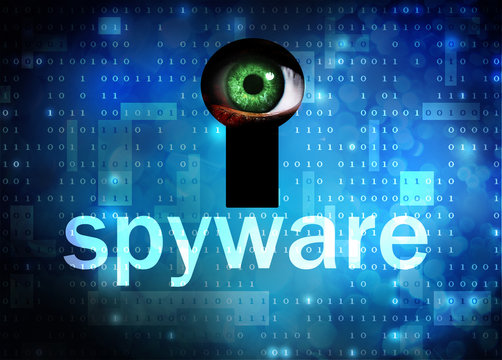Spyware

Spyware is a type of malicious software (malware) designed to secretly monitor and collect sensitive information from users' computers, devices, and networks without their knowledge or consent. Spyware operates covertly in the background, often without displaying any visible signs or symptoms, making it difficult for users to detect and remove.
The primary purpose of spyware is to gather valuable information from infected systems and transmit it to remote servers controlled by cybercriminals or third-party entities. Spyware can capture a wide range of sensitive data, including:
Keystrokes: Some spyware programs are designed to capture keystrokes typed by users, allowing attackers to steal login credentials, passwords, credit card numbers, and other confidential information entered by the user.
Browsing Habits: Spyware can monitor users' web browsing activities, including visited websites, search queries, online purchases, and other online behaviors. This information may be used for targeted advertising, profiling, or identity theft purposes.
Personal Information: Spyware may harvest personal information stored on the infected system, such as usernames, email addresses, contact lists, phone numbers, social security numbers, and other identifiable information.
System Information: Spyware can collect details about the infected system's hardware and software configuration, operating system version, IP address, MAC address, and network settings.
Financial Data: Some spyware variants target financial data stored on the infected system, such as banking credentials, account numbers, credit card details, and financial transactions.
Screen Captures: Advanced spyware programs may capture screenshots of the user's desktop or specific application windows, providing attackers with visual access to sensitive information displayed on the screen.
Spyware can infiltrate computer systems and networks through various methods, including:
Once installed on a system, spyware operates stealthily to gather information and transmit it to remote servers controlled by attackers. Spyware infections can lead to privacy breaches, identity theft, financial fraud, data loss, system instability, and other security risks. Detecting and removing spyware requires the use of specialized anti-spyware software and security tools to scan, identify, and eliminate spyware infections from infected systems and networks.
Thank you,